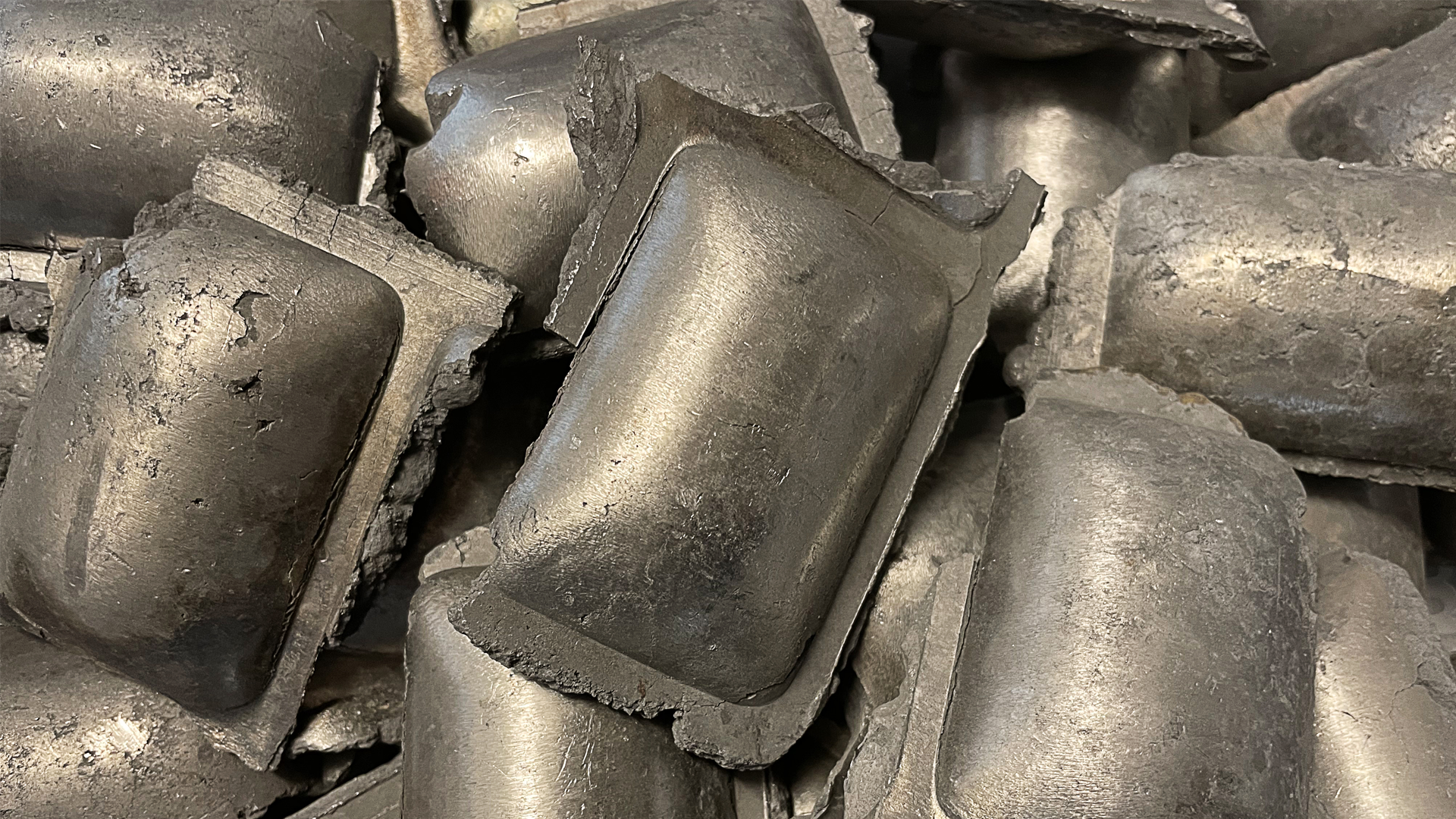Why is Finland in the HCT vanguard?
High Capacity Transports are well developed in Finland, with one of the industry operators being BPW Kraatz. Why has Finland in particular made it so far? This is just one of the things Kraatz’s Henrik Danielsson discusses with us.
Kraatz’s business
BPW Kraatz Oy was founded in 1922 by Henry Kraatz. In 1938, the current owner – the German axle manufacturer BPW – and their product range came onto the scene. One of the company’s most important collaborative agreements was sealed in 1992 with VBG, and this has remained fruitful for both parties ever since. Today they have a strong vision of being the most important and most trusted partner for stakeholders in the Finnish transport industry.
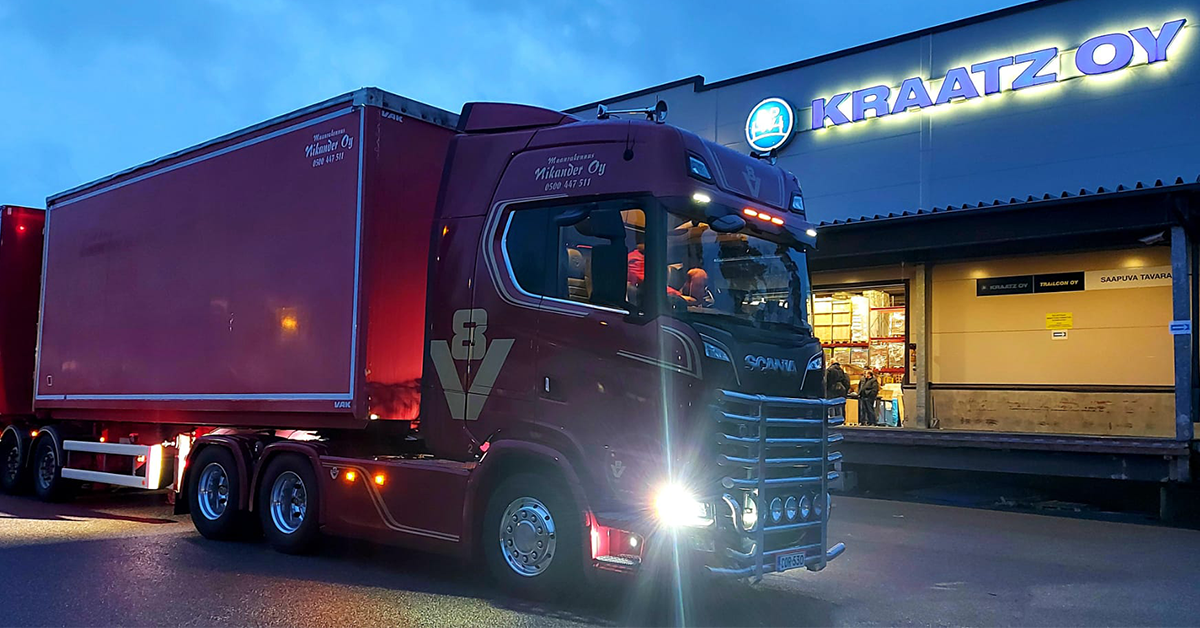
A long-term investment
Procuring transport equipment is a long-term investment. Careful consideration has to be given to both productivity and profitability. At the same time, you also have to consider what the future may bring and what impact changes to legislation both in Finland and in the EU may have. Environmental impact, safety, transport quality and profitability are all factors that affect the choice made. BPW Kraatz Oy offers a comprehensive range of systems and components that allow vehicle planners to manufacture vehicle combinations that are the perfect fit for their intended use. And once transport equipment has been acquired, it goes without saying that it needs to be used efficiently. With the help of a system to manage equipment, it is easy to ensure that vehicles are safe, high quality and profitable. Kraatz strives to look to the demands of the future in all respects, as well as safeguarding the cost efficiency of a customer’s transport equipment throughout its service life. This is why only fully considered solutions are offered – and always on the basis of expertise and extensive experience. This knowledgeable organisation is always on standby to offer support throughout the lifetime of a product and service, whether it is in the form of technical consultations, customised solutions, comprehensive aftermarket services or support wherever the customer is. All are available should any problems arise. Furthermore, they offer the best guarantee in the industry for all their key products. This is a testament not only to their own faith in their products, but also a clear marker of commitment to working in the long-term.
Henrik Danielsson, CEO of BPW Kraatz, shares his thoughts
How would you describe the current role of HCT in Finland?
“I would say that with the current guidelines both in terms of the dimensioning of vehicles and the maximum permitted vehicle masses, we are in a place where most solutions have already been tried and tested, and can now be considered to be a commonplace feature on our roads. The next step is likely to be further increases to maximum permitted masses where road infrastructure allows.”
Do you know how discussions around HCT first got started in Finland?
“The discussion about increasing the weight and length of heavy goods vehicles has been a normal development process throughout Finnish history. Modular vehicles with a maximum length of 25.25m and a maximum permitted mass of 60 tons were introduced in the nineties. At the time, there were no clear rules about how to dimension things such as trailer equipment for vehicle combinations. The various operators in the industry developed solutions that demonstrably worked – including in practice. Some decisions were made on the basis of practical driving trials where the impact of the various technical solutions was simulated. This was how we reached the conclusion in Finland that a Dolly need a rigid drawbar rather than an articulated one as you find in Australia.
In 2013, a courageous decision was made to immediately increase the maximum permissible vehicle combination weight from 60 tons to 76 tons. The decision having been made, the industry once again worked to come up with solutions in practice. This was a very turbulent period when every operator had to try and navigate a practical course – how were they supposed to proceed, especially without any reduction in road safety. We carried out extensive work to ensure that the technical requirements of the trailer equipment were met, and in partnership with VBG we were able to develop a system capable of equivalent performance. Thanks to the Finnish developments, VBG now has a comprehensive range of technical solutions that meet the vast majority of requirements that the HCT trend entails.”
This is quite simply the Finnish mindset – sisu – manifesting itself. If there’s something to be done, we get on it.”
How long did it take for the decisions to be made in Finland that allowed HCTs?
“The driving force back then – indeed, I’d say it’s probably still the same – was found in Finnish industry and its need for cost-efficient transport solutions to ensure they were globally competitive. Of course, environmental impact is also highly significant these days, and the HCT approach minimises the number of vehicles generating emissions. It allows you to simply transport more goods using one single vehicle combination – regardless of whether you look at that in terms of mass or volume. From my point of view, the process has been very brief in terms of duration. This is quite simply the Finnish mindset – sisu – manifesting itself. If there’s something to be done, we get on it.”
What impact did this have on your business?
“It meant everything and nothing. On the one hand, we had to review our entire range of products and services to ensure that we have the right solutions on offer: axles, trailer equipment, refrigerated attachments, etc. On the other hand, this is something that we’ve always done throughout our history, which means we have a wealth of experience in our knowledgeable organisation.”
What was the impact on your customers?
“The vehicle manufacturers were probably obliged to spend a lot of time designing a variety of potential solutions for their end customers – some of which were more plausible than others. I don’t think we can underestimate how much work there was in this respect – and it was something we also participated in through our consultancy work. Once the guidelines were in place, every stakeholder wanted to optimise them according to their own needs and on the basis of their existing fleets.
For the end customers – the hauliers – the change had a real financial impact. If you have to invest in a truck with 4 or 5 axles instead of the regular 3, that has an impact on the bottom line. At the same time, there were higher demands in terms of engine power, the drivetrain and other equipment such as the Onspot friction system. With the benefit of hindsight, I can only pay tribute to our end customers for the courage they exhibited in proceeding with HCT without knowing for sure what the final bill would end up being.”
Why do you think Finland was relatively quick to make a change like this?
“I think it’s probably a range of factors, but the culture and mentality almost certainly played a big role. After the Second World War, we had to quickly rebuild society and industry here in Finland in order to ensure our future. You can still see that same spirit at work today.”
What opportunities do you think the future holds?
“I can only speculate about a further increase in the maximum permitted vehicle combination masses given that the current max length of 34.5m is more than enough in most cases. Since 2013, we have been testing special vehicle combinations with more than 100 tons total mass on a project basis and with exemption permits in place. Rather than thinking of general solutions, we might be talking about specific cases in which maximum weights of around 90 tons are needed.”
What challenges do you think HCT poses?
“As I see it, the challenges are probably more to do with where we find the resources of the future – both in terms of drivers and other personnel for key roles in our industry ranging from vehicle designers to spare part retailers. It’s one thing operating a regular 6-axle semi-trailer combination with a mass of 44 tons, and quite another operating a vehicle combination of over 30m weighing in at 76 tons. At the same time, these HCT vehicles are major investments, which means that you have to achieve high levels of uptime – you need to avoid all the unnecessary downtime you can that might arise from service windows or unexpected repair needs. I think we’ve got plenty to be getting on with in development terms around digitalisation and automation, which means the future remains exciting.”
Are there any risks?
“There have always been risks and there always will be. Personally, I think it’s very important that we try to maintain a high level of knowledge in the industry so that we avoid unnecessary setbacks for HCT developments in general. When we stakeholders appreciate our own work and take pride in what we do, there is a desire to do the right thing that arises out of that. Without appreciation and training, there is a risk of miscalculations on many different levels.
We have recently launched our training business – Kraatz Academy – out of new premises. We provide theoretical and practical training for vehicle manufacturers, mechanics, drivers and other stakeholders in and adjacent to the industry. Knowledge is inherent in our strategy and the key to continued future success, and that’s something we want to share with others.”
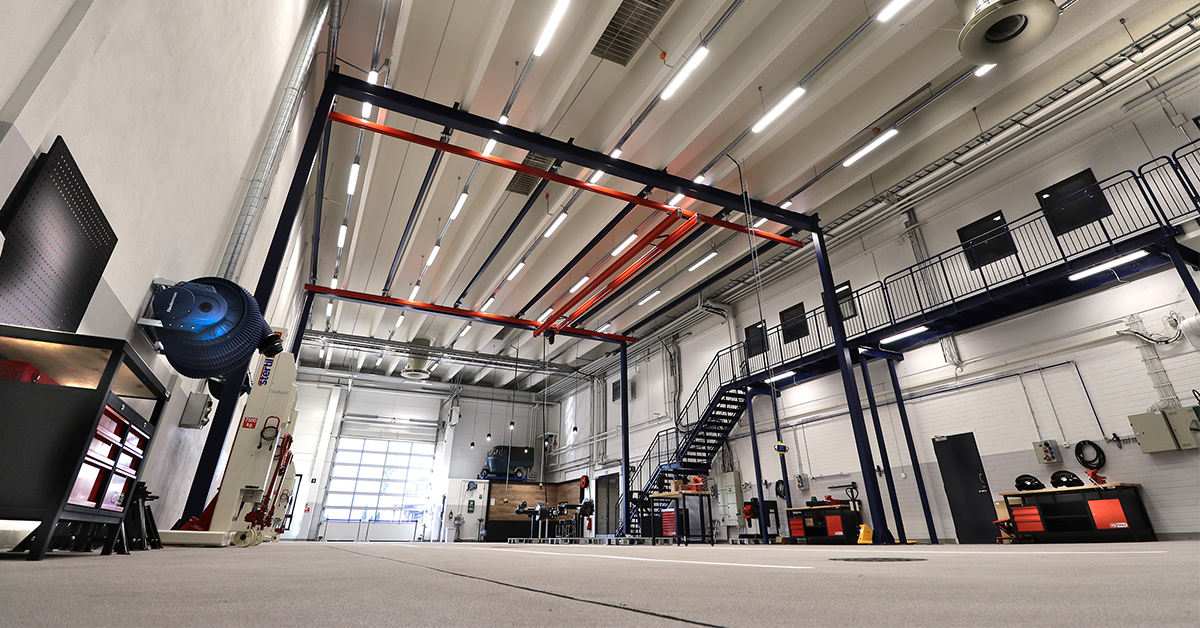
What applies to different vehicle combinations?
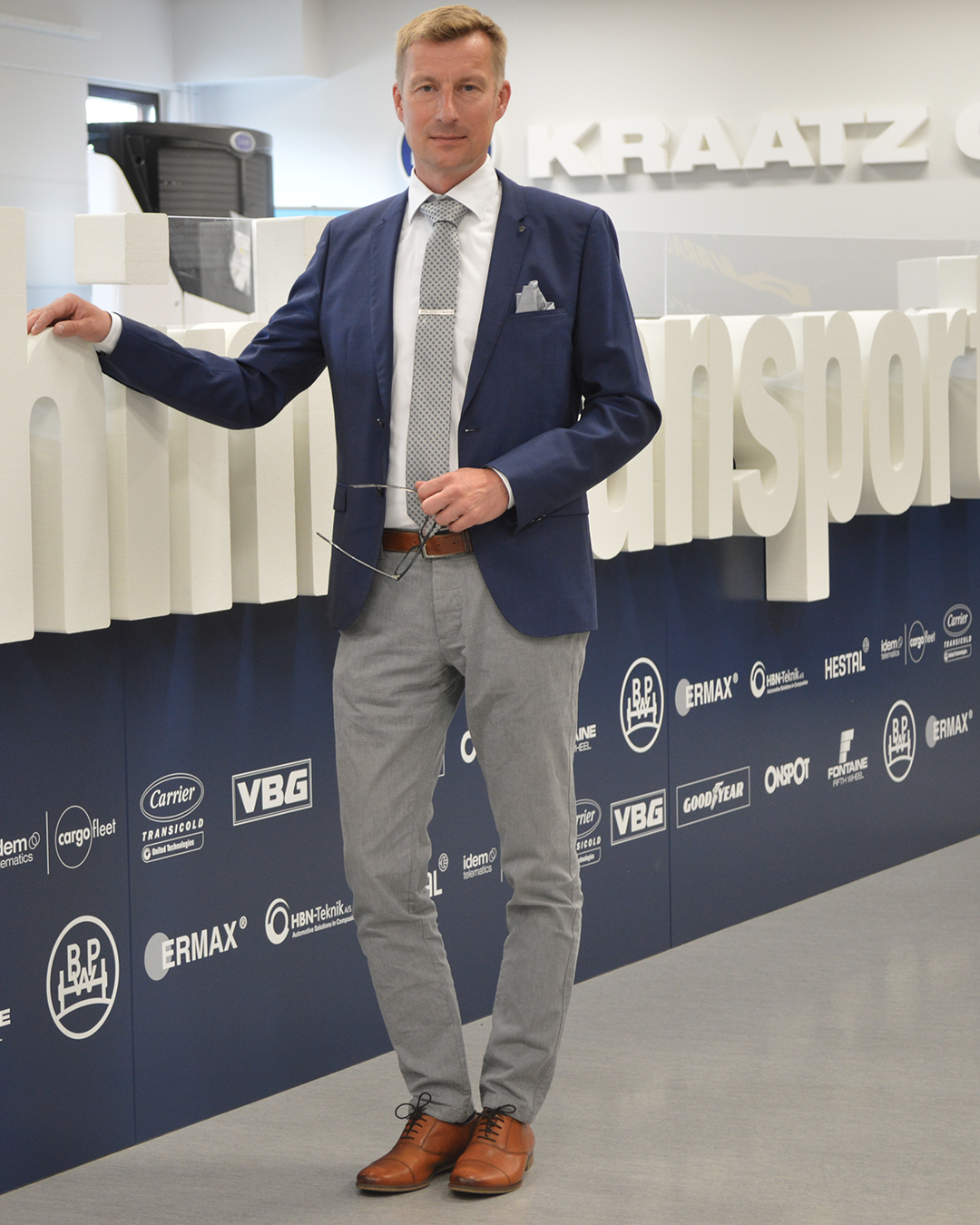
|
|
Recommended reading

Efficiency, Safety, and Sustainable Transport – Top 5 Articles and Insights of 2024
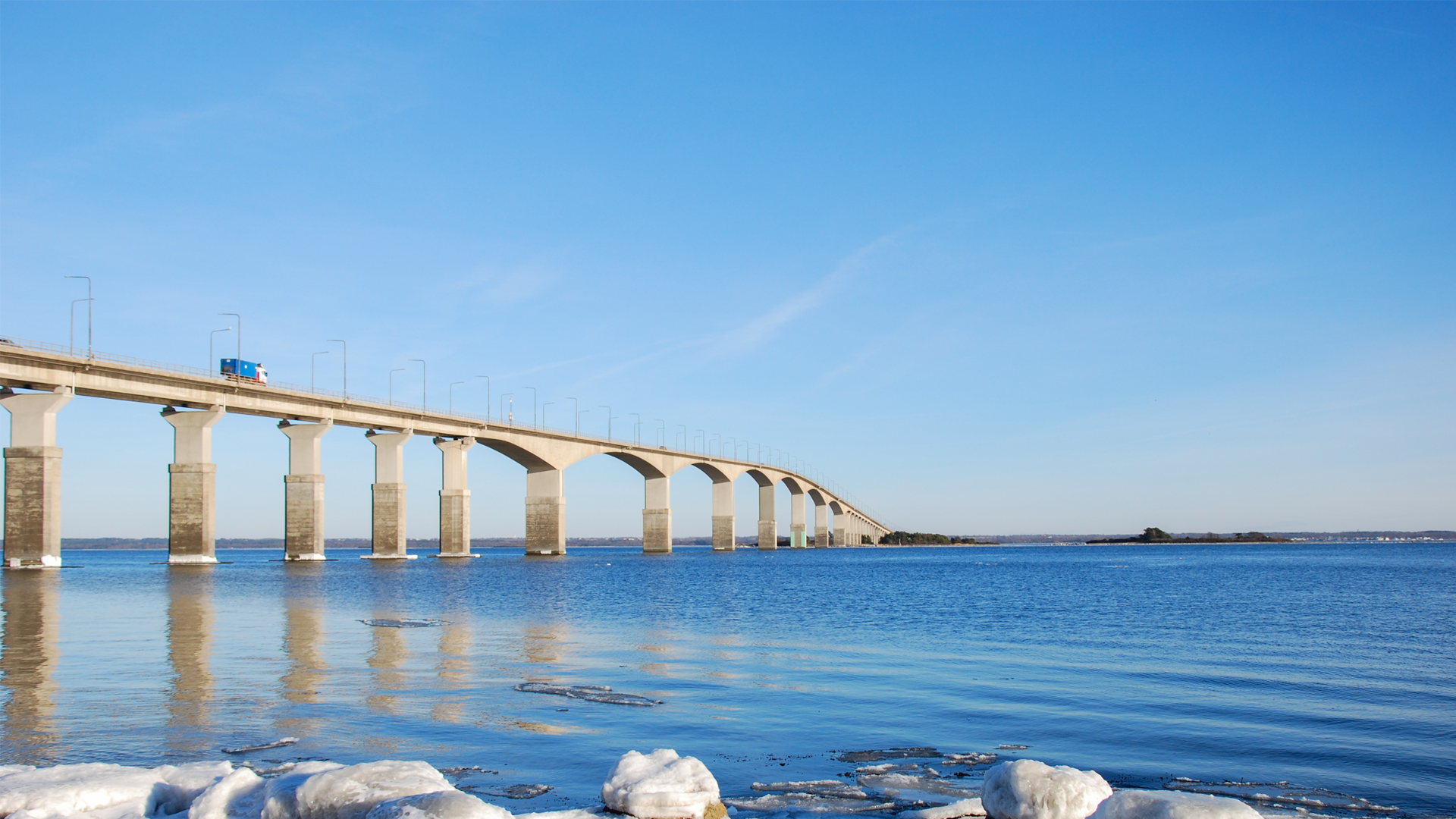
Transport Industry 2024: Great Progress Towards a Sustainable Future
